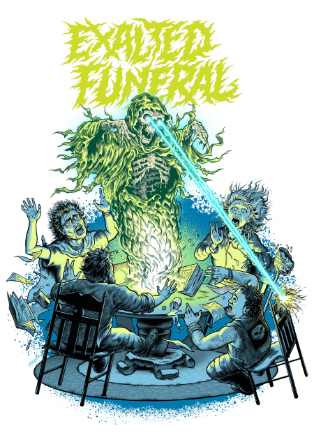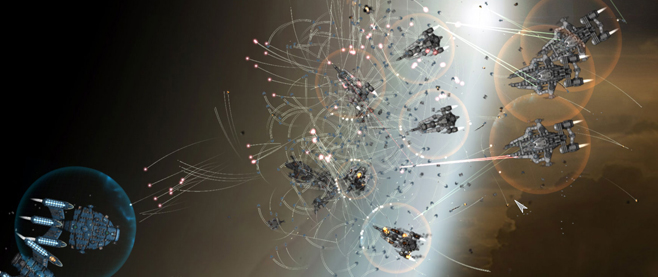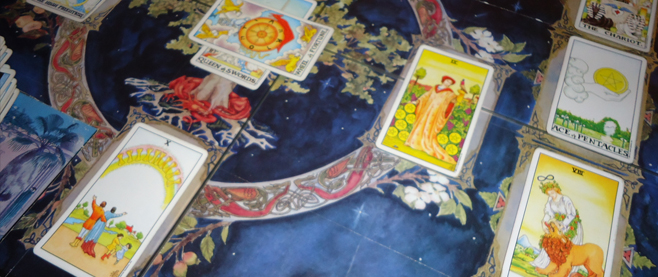In-Game Currencies: How Video Games Create Imaginary Economies
Video games have become expansive universes with intricate financial structures. The in-game money and payment systems that developers create must be sufficiently real for players to place a value on goods, abilities, attributes, or modifiable components. The most captivating games have carefully considered scarcity and wealth distribution incentives inside their fiscal ecologies, which influence player behavior and take calculated risks.
Simulated video game financial mechanisms most closely resemble real-world money mechanics. Certain entirely imaginary currencies even allow gamers to trade real money for one another.
Here, we look at notable examples of creative in-game fiscal designs and how they spread.
GTA Dollars
The popular Grand Theft Auto game series included complex gameplay mechanics. GTA Dollars are the main form of payment in these virtual cities, similar to how US dollars are used in real life. Through side projects, bank heists, missions, and other crimes, players may amass GTA cash.
More expensive possessions like homes, expensive cars, guns, businesses, and reputation benefits can only be obtained with high earnings. In a cyclical manner, wealth generates more criminal opportunities. High-end purchases in GTA games after this one surpass $100 million GTA Dollars. Exotic supercars may cost up to $10 million apiece.
It’s not confirmed what will happen with the newly announced GTA 6 game, but when you consider the advancement of real-life payment methods as cash app friendly online casinos now exist, perhaps we’ll see more advanced currency and financial methods in the new game.
V-Bucks
V-Bucks, the in-game currency exclusive to Fortnite Battle Royale, are a major source of funding for the game. These may be acquired with real money. Character skins, dances, season passes, and other digital products that enhance the game experience are made available to users via V-Bucks. Customers purchase V-Bucks bundles for $8–$100.
The most expensive skin on the game is around $1,200. Owning high-end Fortnite cosmetics is viewed as conferring social prestige, which has created a rich business around this fair and transparent pricing mechanism. Pro players spend a lot of money to show off the newest styles, while developers make a ton of money. Fortnite’s in-game sales brought in nearly $5 billion in 2020 alone.
WoW Gold
World of Warcraft, the first massively multiplayer role-playing game, has sparked a thriving virtual economy. In-game Gold coins are used by players to purchase equipment, weapons, horses, and other items that aid in level advancement. Acquirable playing regularly, although the emergence of third-party Gold farming and selling enterprises was fostered by time-consuming efforts.
Expensive armor sets can cost over 50,000 Gold, which drives up demand. Power might be effectively purchased by wealthy users, sparking discussions about play-to-win advantages. Whatever the case, this almost ten-year-old secondary Gold market served as an example of monetary systems with extremely real, albeit unofficial, exchange prices that extended the external influence of games.
Robux
In terms of social gaming, the Roblox metaverse flourished in part because it nurtured a generation of young entrepreneurs. Players use Robux, which they can buy with real money, to develop their own mini-games and digital assets. The Robux that creators receive from the sales of their products are exchanged for cash.
Diablo 2 Items
In video games like as Diablo, loot drops obtained from enemy defeat were valued similarly to speculative items. The finest armor and weaponry were considered prestige, and among loyal players, bragging rights were fostered by skillful association. Unlike other RPGs, duplicate things are exchanged or sold instead of just vanishing.
Pursuing riches and economic exploits became a major selling point for Diablo 2. Unusual trading also arose, such as selling actual cash for permed things. In return for money, players trusted their pals on the internet to lend them a strong weapon for a predetermined amount of time. These cultural outliers were reflections of incredibly seductive risk/reward paradigms.
EVE Online Sovereign Wealth
The participant-run economy of EVE Online, which produces enormous amounts of social intrigue and geostrategic activity, is at the most advanced end. As industrial CEOs, players mine raw resources, collaborate to discover product concepts, and produce items. After that, they exchange trillions of ISK, the in-game money, every day.
Territorial guilds accumulate reserves for sovereign wealth funds exceeding one trillion ISK through banking and taxes. Disputed areas have rich resource holdings that the market manipulates to gain control and profit. Players may orchestrate virtual commodity standoffs or market crashes for domination, effectively, thanks to EVE’s financial depth. Each server is irrevocably transformed into a player-created experiment in government by its detached economic architecture.
Video game monetary systems evolved from simple score counters to intricate social interaction and status-seeking engines on par with the evolution of civilization. Simulated currencies, at their most captivating, allow for inventive profiteering or collection display and make hardship feel justified. The most successful gaming economies foster relationships, rivalry, and significance by enabling our digital works to have monetary and recreational value throughout the metaverse. Money mechanisms are no longer just distractions; rather, they often make up the actual gameplay experience by igniting our spirit of entrepreneurship.





